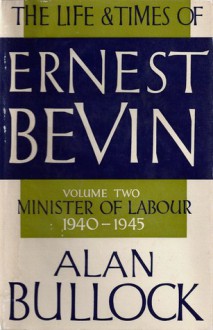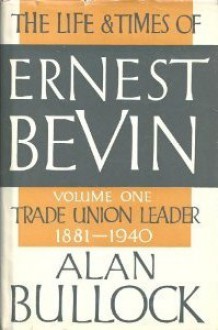
Among the quotes printed today in American passports is one that reads: “It is immigrants who brought this land the skills of their hands and brains, to make of it a beacon of opportunity and hope for all men.” For Herbert Lehman, the man who spoke those words, this was more than just political rhetoric. As Duane Tananbaum makes clear in his deeply researched account of Lehman’s political career, it was one of the many sincerely held views that he fought for strenuously, even in the face of what often proved insurmountable opposition.
As the son of an immigrant Lehman knew well what it meant to be one. The son of a businessman and commodities trader, Lehman grew up in a well-to-do family. As a young man he enjoyed success as a textile manufacturer and investment banker, yet in his spare time he volunteered at a settlement house on Manhattan’s Lower East Side. It was here where he first met Lilian Wald, with whom he enjoyed a lifelong friendship. Tananbaum’s focus on Lehman’s partnership with Wald illustrates his approach in the book, which is to frame Lehman’s political career in terms of his relationships with the major figures with whom he worked. In this respect, Wald was the first of many with whom Lehman labored to address the social ills of his era.
Another was Al Smith. Though the two men came from very different backgrounds, they shared a belief that the government should use its authority to address society’s problems. Throughout the 1920s Lehman played a number of important roles in Smith’s political operation, spearheading his campaigns for governor and working for his selection as the Democratic Party’s nominee as president in 1928. Seeking to maximize the turnout of Jewish voters in New York City, Smith encouraged Lehman to run for lieutenant governor that year; though Smith lost New York in the Republican route that year, Lehman’s victory inaugurated a new career as an elected official, one that would engage Lehman for the next three decades.
As lieutenant governor, Lehman served under Smith’s successor, Franklin Delano Roosevelt. This began a firm partnership that lasted until Roosevelt’s death in 1945. When Roosevelt was nominated for president in 1932, he encouraged Lehman to run to succeed him, believing as did Smith that Lehman’s presence on the ballot would help with Jewish turnout in the state. Lehman went on to serve as governor of New York for a decade, during which time he worked to emulate Roosevelt’s New Deal programs. In this he was frequently stymied by a Republican-controlled statue legislature, which may have contributed to his frustration with his post. Though Lehman aspired to a seat in the United States Senate and frequently announced his intention not to run for another term, his proven vote-getting abilities (which Tananbaum attributes to Lehman’s demonstrable sincerity and liberal politics rather than to any great oratorical or other political gifts) made him indispensable to Democrats, who pressured him constantly to run again.
Lehman’s tenure as governor coincided with the rise of the Nazi regime in Germany. The governor was not shy about using his position as the most prominent Jewish elected official in America to lobby for Jewish causes, notably the admission of Jewish refugees. As war threatened, though, Lehman longed to do more, and in 1942 he joined the Roosevelt administration as the director of foreign aid operations, first within the State Department and then as the first director of the United Nations Relief and Rehabilitation Administration. Lehman struggled throughout the war to ensure that his agency was not slighted in the battle for resources, a struggle that grew more difficult when his friend Roosevelt was succeeded by Harry Truman in 1945. Frustrated by the declining priority of aid in penurious postwar budgets, Lehman resigned from his post in 1946.
No longer in office, Lehman nonetheless remained active in politics. When Robert F. Wagner resigned in 1949, Lehman finally achieved his long-cherished goal of becoming a United States Senator. Lehman’s seven years in the Senate take up nearly a third of Tananbaum’s book, as he details his subject’s often frustrating battles on behalf of liberal causes. Though he emerged early on as a prominent opponent of Joseph McCarthy, Lehman’s greatest foes in the Senate were the conservative Southerners of his own party. Benefiting from their greater seniority, these senators used their positions as committee chairs to bottle up the reform measures Lehman fought for, such as civil rights legislation and measures to ease immigration restrictions. Tananbaum is blunt in his assessment of Lehman’s unwillingness to play by the rules of the Senate’s club, a decision which limited his effectiveness as a legislator but established him as the liberal lion of the Senate by the time he retired from public office in 1957.
Tananbaum notes that by the time of Lehman’s death in 1963, Congress was on the cusp of passing many of the measures he had championed. While he may be overly generous in crediting Lehman for his role in making it possible, Tananbaum nevertheless does an excellent job of recounting the political career of one of the great champions of New Deal liberalism. While his focus on Lehman’s political career to the exclusion of his personal life and business career is regrettable, his book represents a remarkable labor of research and analysis. It’s a fitting monument to a great and often underappreciated man, one that should be read by anyone interested in Lehman and his achievements.


 Log in with Facebook
Log in with Facebook 













